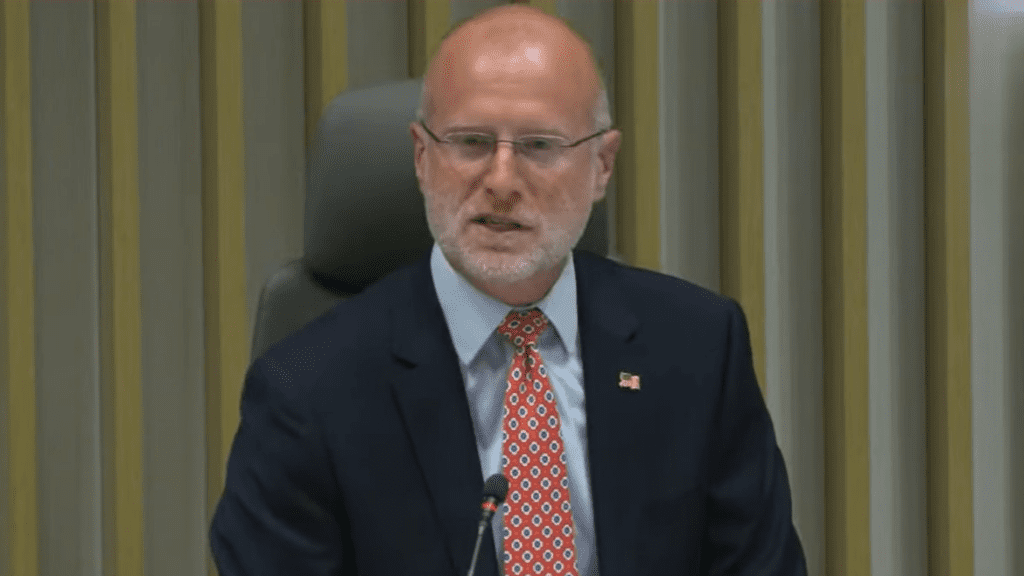FCC Passes Plan for Contiguous 5G Band With Little Controversy
Randy Sukow
|

The FCC today unanimously passed a 5G spectrum plan introduced earlier this month by adopting an order opening up 3.45-3.55 GHz to commercial users sharing with military and other federal government users. The move is part of a plan to build 100 MHz of contiguous spectrum for 5G service in the near term and eventually an even larger band.
“Our action today, in tandem with continued work by Department of Defense and other federal partners, puts us on course to auction this spectrum next year,” Chairman Ajit Pai said during the FCC’s monthly open meeting. “And when combined with our other efforts regarding 3 GHz spectrum, this will result in 530 megahertz of contiguous, mid-band spectrum being made available for 5G and other next-generation services.”
The details (PDF) of the order remove secondary, non-federal allocations from the 3.3-3.55 GHz band and set up a process for amateur radio operators operating in the band to seek alternative frequencies.
All commissioners expressed approval of the order and the effort to build 5G. However, Commissioner Jessica Rosenworcel complained that Trump Administration agencies did not have a true plan to clear additional spectrum and that the Department of Defense was not fully cooperating with the FCC. “This is not good. All of this means that we are heading into our wireless future with something less than a fully coordinated effort,” she said.
There was less agreement on a second Commission action to change the rules for leasing spectrum (PDF) in the 4940-4990 MHz band. The measure, which passed on a 3-2 party line vote, again frees up spectrum for potential commercial 5G operations.
The Commission allocated the 4.9 GHz band for public safety users 18 years ago. However, to date only 3.5 percent of public safety licensees have obtained licenses. The order would allow state governments to lease unused spectrum in the band to commercial third parties. Leases could provide more mid-band spectrum for 5G and open a new revenue stream for public safety agencies.
Critics of the idea said that the FCC should instead concentrate on policies encouraging vendors to develop radio systems for public safety agencies to use 4.9 GHz. “At a time when our public safety organizations are stretched to the limit and their communications needs are increasing, the Commission is adopting with no notice and comment an approach that is not only unwanted but runs contrary to years of public safety spectrum policy,” said Commissioner Geoffrey Starks.
Chairman Pai replied that the band had been left under-utilized for too long and that action was necessary. “Under our new approach, we will allow a single state government entity to lease covered spectrum in this band while maintaining and protecting incumbent public safety licensees’ operations,” he said.
At the same time, he said that the order recognizes the differing public safety spectrum needs of urban and rural areas. States will have the flexibility to lease or not lease spectrum according to its public safety needs. They also could choose to lease to entities such as FirstNet, which might do a more efficient job than the FCC at putting the spectrum to work for public safety.
“If the state wants to lease spectrum in less densely populated areas to a wireless Internet service provider, an electric utility, or another critical infrastructure industry … and retain the spectrum in more densely populated areas, it can do that too,” Pai said.
Commissioner Michael O’Rielly said that he expects to leave the FCC by the end of the year and that today’s meeting might have been his last. Clearing spectrum for future technologies, he said, has been one of his highest priorities during his seven years at the Commission.


